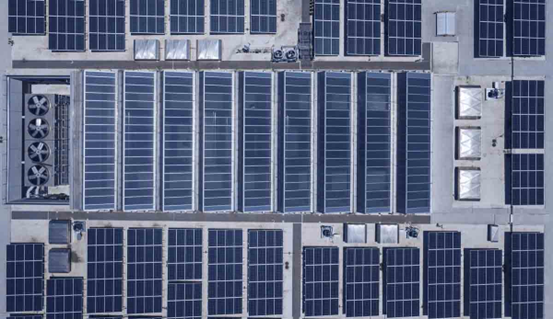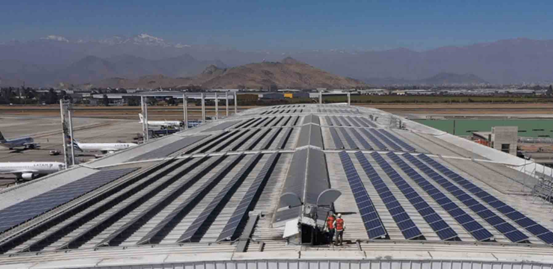In
an era dominated by the digital revolution, data centers play a pivotal role in
ensuring the seamless functioning of our interconnected world. These colossal
facilities house the servers, storage, and networking equipment that enable the
processing and storage of vast amounts of data. However, with great
computational power comes a substantial energy requirement. This article
explores the intricate web of strategies and technologies employed by data centers
to meet their ever-growing power needs, emphasizing the importance of
sustainability and efficiency in an era marked by the increasing demand for
digital services.
How Data Centers Fulfill Their Energy Needs
Robust Infrastructure
At
the heart of every data center is a robust infrastructure designed to support
the relentless demand for computing power. This infrastructure encompasses
power distribution units, uninterruptible power supplies, and backup
generators, ensuring a continuous and reliable power supply. Redundancy is a
key principle in data center design, with multiple power sources and backup
systems in place to mitigate the risk of downtime. These measures not only
guarantee operational continuity but also contribute to the resilience of data
centers in the face of unforeseen power disruptions.
Energy-Efficient Architecture
The
relentless pursuit of efficiency has led to the evolution of data center
architecture, with a strong emphasis on energy conservation. Modern facilities
employ innovative cooling technologies, such as liquid cooling and advanced air
management systems, to dissipate the heat generated by thousands of servers.
Additionally, server virtualization and consolidation techniques optimize
resource utilization, reducing the overall power consumption per unit of
computing capacity. The integration of artificial intelligence and machine
learning algorithms further enables predictive analytics to optimize power
usage and identify areas for improvement, contributing to a more sustainable
and cost-effective operation.

Waste Heat Recovery
Data
centers generate a substantial amount of heat during their operations,
presenting an opportunity to turn this waste into a valuable resource. Waste
heat recovery systems capture and repurpose the excess heat, either for on-site
heating purposes or to generate electricity. This dual-purpose approach not
only enhances the overall energy efficiency of data centers but also
demonstrates a commitment to responsible energy management. By reusing waste
heat, data centers contribute to local energy grids and communities, creating a
symbiotic relationship between technological advancement and environmental
responsibility.
Energy-Saving Practices
Beyond
the technological innovations and infrastructure investments, data centers
implement operational best practices to optimize energy usage. Implementing
dynamic power management systems allows servers to adjust their power
consumption based on workload, ensuring that resources are used efficiently.
Virtualization technologies also enable the consolidation of servers, reducing
the need for excess hardware and subsequently lowering energy demands. Routine
maintenance and equipment upgrades further contribute to the overall energy
efficiency of data centers, ensuring that they remain at the forefront of
sustainable technology.
Diversification for Reliability
Data
centers rely on a diversified energy mix to meet their power needs. Traditional
sources like the electrical grid, powered by fossil fuels, remain a primary
contributor. However, the increasing focus on sustainability has prompted the
integration of renewable energy sources such as solar and wind power. Many data
centers strategically position themselves in regions abundant in renewable
resources to harness cleaner energy. As an illustration, HUAWEI provides
cutting-edge C&I Smart PV & ESS Solution, leveraging the full potential of renewable
energy sources. This blend of conventional and green energy sources not only
helps mitigate the environmental impact but also enhances the resilience of
data centers by reducing dependence on a single energy provider.

Conclusion
As
the demand for digital services continues to soar, data centers face the
challenge of scaling up their operations sustainably. Future developments in
energy storage, advanced cooling technologies, and the integration of more
renewable energy sources are poised to shape the next chapter in data center
sustainability. Additionally, collaborations between data center operators,
governments, and energy providers are crucial for fostering an environment that
supports responsible energy consumption. By continuously innovating and
adopting greener practices, data centers can not only meet their power needs
but also lead the way in building a more sustainable digital future.




